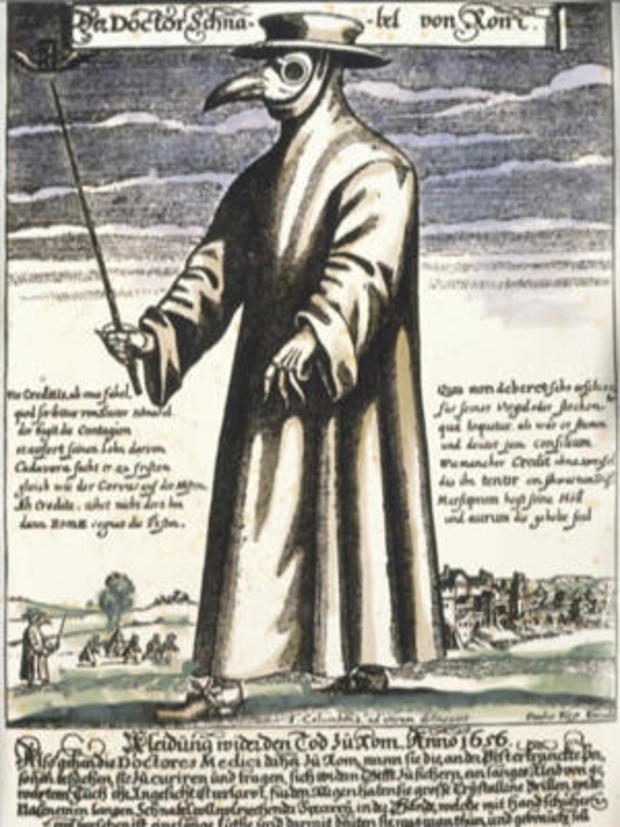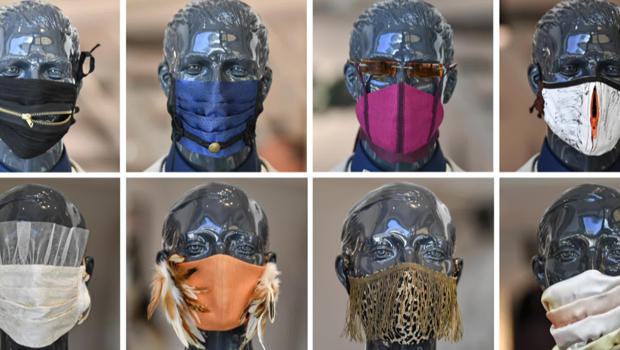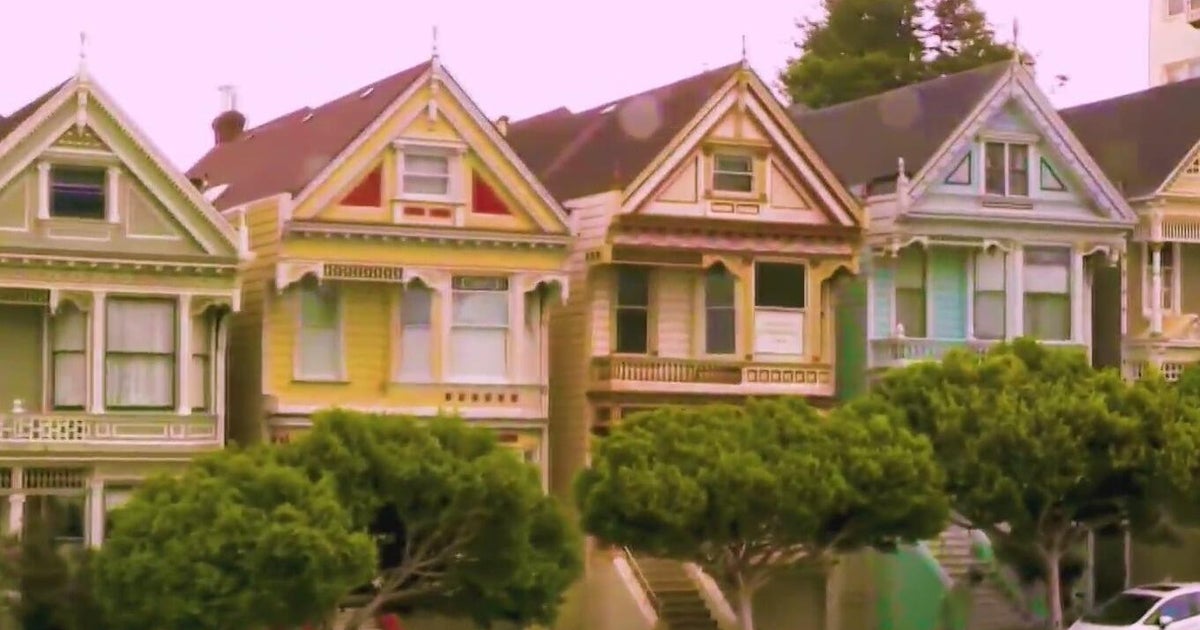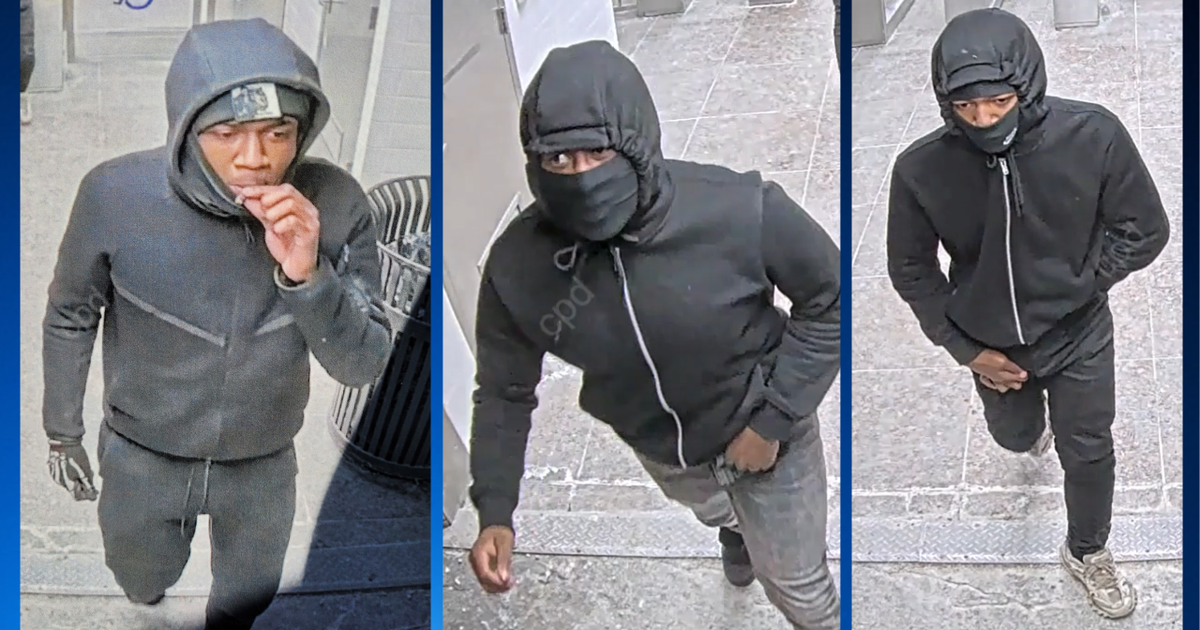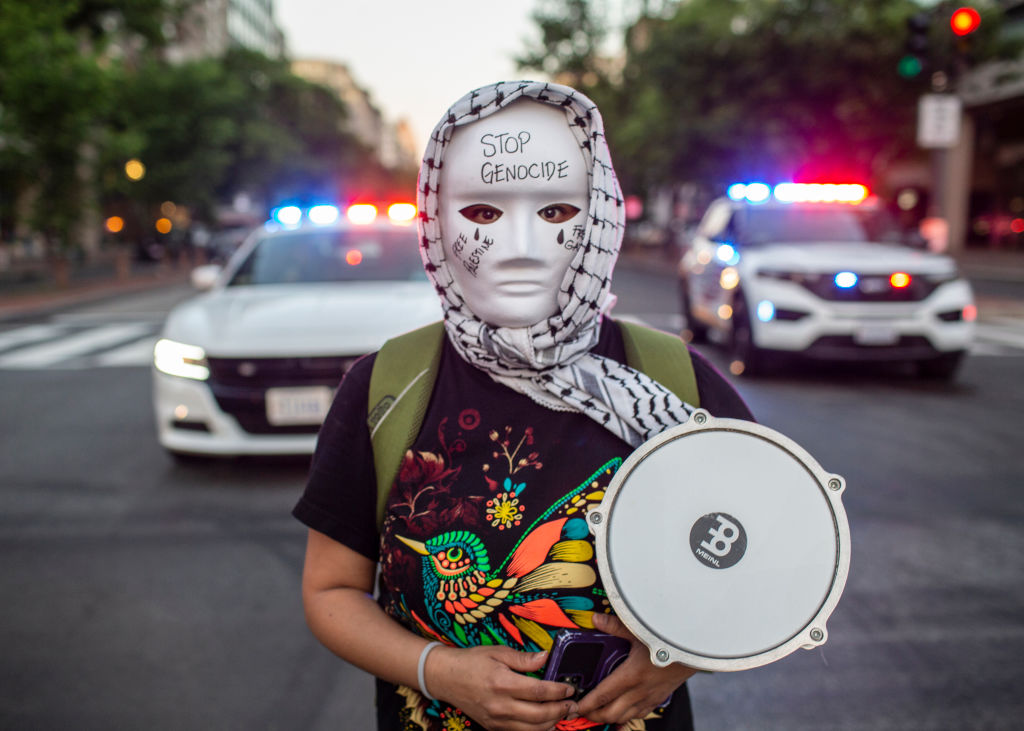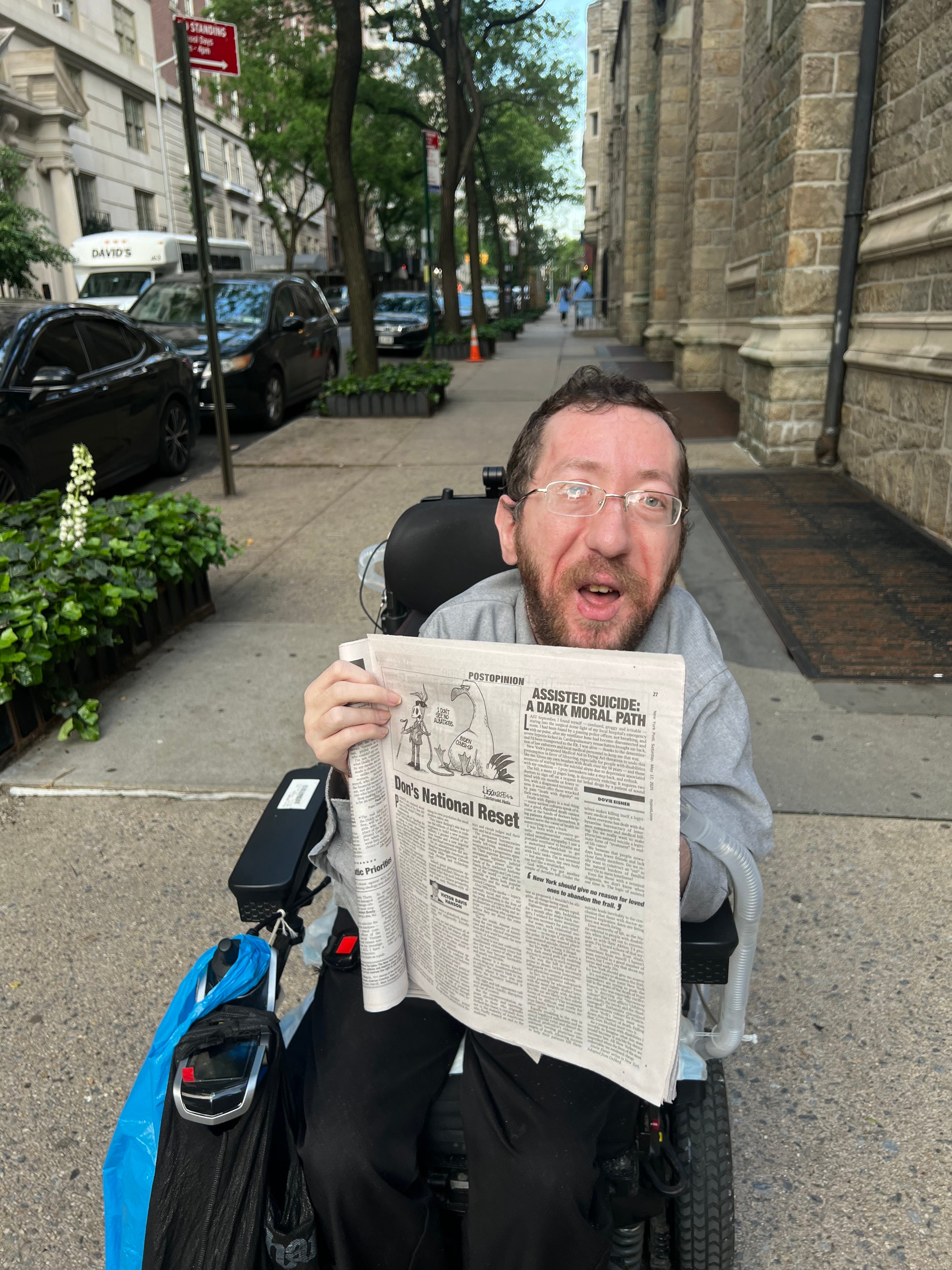Facemasks through the ages, from medical aid to fashion statement
Mark Honigsbaum, a medical historian and author of books like "The Pandemic Century," knows from face masks, going back to their first known medical use, during the Black Death – the bubonic plague of the middle ages that killed roughly half of Europe's population.
And those were some masks.
"Everybody probably is familiar with the classic image of the beaked physician, the plague doctor," Honigsbaum said.
That the plague doctors looked like ravens about to pick on the bones of the dead is an image that sticks with you. The masks may have been useless against the disease, which was carried by rats and fleas, but they did actually serve a purpose: "They would wear this beak and they would put lavender in the beak as a way of acting as a barrier to the noxious vapors that were thought to spread this dreadful contagion," Honigsbaum said.
"So, it wasn't just that the world smelled or the people dying of the plague with their boils and everything else stunk? This was thought to have medicinal purpose?" asked correspondent Mark Phillips.
"Well, it was thought to block or somehow counteract these bad odors."
The idea that disease could be carried in the air endured for centuries, but it wasn't actually proven until the Great Manchurian Plague of 1910-11, an outbreak that killed around 60,000 people.
Honigsbaum said, "What happened in China in the winter of 1910 was that a young Chinese doctor called Wu Lien-teh was practicing in Manchuria with a French colleague, and Wu observed that many of the patients seemed to have a disease that transmitted very rapidly between them. And he hypothesized that it wasn't being spread by the usual plague-flea route, but by respiratory droplets."
So, Wu and his staff wore masks.
"Long story short, they didn't catch bubonic plague, whereas the French doctor he worked with did – and died as a result," Honigsbaum said.
"The French doctor who did not wear the mask?" asked Phillips.
"He didn't wear the mask, he dismissed it. I suppose there could have been an element of, 'Who is this sort of, you know, presumptuous young Chinese doctor to tell me? I know better!' Right?"
And that East/West divide has endured. The mask has become commonplace in Asian cities during flu season.
It has had its moments in the West. During the Spanish flu pandemic of 1918-19, San Francisco had a mask-wearing public ordinance, where people were actually fined $5 if they were caught by policemen not wearing a mask in public.
These days, the divide is more left/right than East/West. The non-mask-wearer-in-chief may be living out two cultural fantasies. Studies show men are less likely to wear facemasks than women. The other attitude may come from the movies. In Hollywood's version of the Old West, masks were for bad guys.
The mask has come a long way, not just in terms of social acceptability, but technically. Those Chinese doctors in Manchuria made theirs out of bandages. Surgical masks since then were also made from woven cloth – better than nothing, but not as good as the now-coveted N95 mask, molded (not woven) out of synthetic fibers which filter out more of the virus.
It's a mask that owes its inspiration to legendary industrial designer Sara Little Turnbull, whose work on the first molded bra-cup for 3M in the '60s morphed in her mind into a medical mask.
Now, the facemask is morphing again, from medical to fashion necessity. Along with the coronavirus, it has arrived.
As Honigsbaum noted, "You know, once you see retailers, clothing companies think there's a marketing opportunity, I think they'll catch on."
For more info:
- "The Pandemic Century: One Hundred Years of Panic, Hysteria, and Hubris" by Mark Honigsbaum (WW Norton), in Hardcover, Trade Paperback, eBook and Audio formats, available via Amazon
- markhonigsbaum.com
- Follow Mark Honigsbaum on Twitter
- Sara Little Turnbull Center for Design Institute, Seattle
Story produced by Mikaela Bufano. Editor: Brian Robbins
